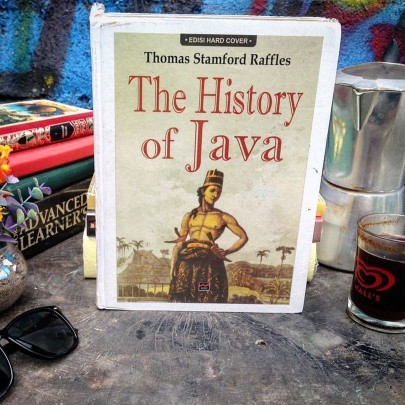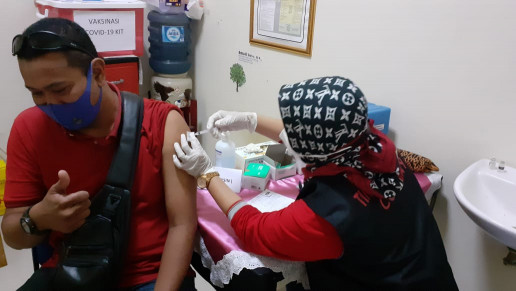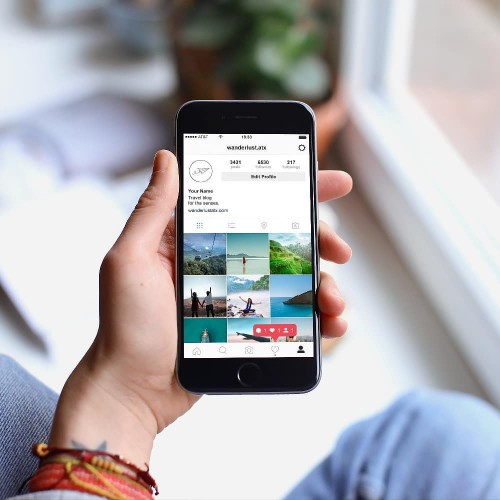javaprivatetour.com – Hey there, fellow travel enthusiasts! If you’re gearing up for an adventure to the captivating island of Java, Indonesia, you’re in for a treat. Java is not just about breathtaking landscapes and bustling cities; it’s a treasure trove of history and culture that goes beyond the surface. In this article, we’ll take a sneak peek into the ancient Javanese fashion scene, specifically through the lens of Karmawibhangga reliefs.

Exploring Javanese Attire in Karmawibhangga Reliefs
Journeying through the centuries, Javanese fashion has always been a distinctive reflection of social hierarchies. In the days of yore, during the flourishing periods of Hindu and Buddhist teachings in Indonesia, attire was categorized into three main groups: commoners, priests, and nobility. The garments worn by each group were not just fabrics; they were statements of social and economic distinctions.
The insights we glean come from the intricately carved reliefs found in numerous temples, with a spotlight on the Karmawibhangga reliefs. These reliefs vividly depict everyday life, offering a glimpse into the fashion choices of the past. In a journal article titled “Fashion Styles of Men and Women in the Panataran Temple Relief,” scholars Utsman Amiruddin Sulaiman and Setyawan delve into the visual storytelling power of these ancient carvings.

Gender Distinctions through Attire
The artists of the time skillfully conveyed gender differences through clothing. Men were often depicted wearing a lower garment that covered the lower part of the body, with variations in length. On the other hand, women were portrayed in long attire covering the upper body down to the feet, resembling a dress that concealed everything from the chest to the toes.
Although some male figures were depicted wearing shorter garments akin to loincloths, this was a rare occurrence. The distinguishing factor lay in the accessories worn, providing a visual cue for differentiation.
Social Status and Functionality
The length of the attire, particularly for men, hinted at social status. Longer garments were associated with higher social standing, possibly indicating adherence to historical norms where specific clothing was reserved for the nobility. However, when examining the relief cut, it’s evident that shorter garments served a functional purpose. They were likely worn by laborers or individuals requiring freedom of movement.
Fatma Diah and Nunuk Giari Murwandani, in their study “Visual Review of Teracotta Collection at the Majapahit Museum,” further interpret the visual forms of Majapahit-era clothing. They note that long trailing garments were predominantly worn by nobility or royalty, symbolizing limited mobility, unlike the more practical short attire worn by commoners.

Unveiling the Mysteries of Ancient Javanese Fashion with Java Private Tour
Now that we’ve taken a fascinating journey into the world of ancient Javanese fashion, imagine exploring these mesmerizing reliefs in person! That’s where Java Private Tour comes into play. With certified local guides fluent in English, friendly and knowledgeable, Java Private Tour ensures a flexible and personalized experience tailored to your preferences.
Not only do they offer professional licensed guides, but they also provide a range of private transportation options, from sedans to tourist buses. Trusted by embassies of satisfied friendly nations, Java Private Tour is your go-to companion for an enriching and hassle-free exploration of Java.
For first-time visitors to Java, let Java Private Tour be your compass and recommendation. Don’t just travel; immerse yourself in the rich tapestry of Javanese history and culture. BOOK HERE and let the adventure begin!
You May Also Like
 Johanna Bezoet de Bie, The Dutch Woman Who Loved Javanese Fashion
Johanna Bezoet de Bie, The Dutch Woman Who Loved Javanese Fashion
 Unveiling Java’s Ancient Building Mastery: From Borobudur to Prambanan
Unveiling Java’s Ancient Building Mastery: From Borobudur to Prambanan
 Learning the Ancient Art of Writing on Palm Leaves in Java Island
Learning the Ancient Art of Writing on Palm Leaves in Java Island
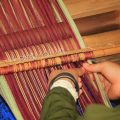 Unveiling the Art of Tradition: Baduy Weaving Heritage
Unveiling the Art of Tradition: Baduy Weaving Heritage
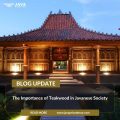 The Importance of Teakwood in Javanese Society
The Importance of Teakwood in Javanese Society



